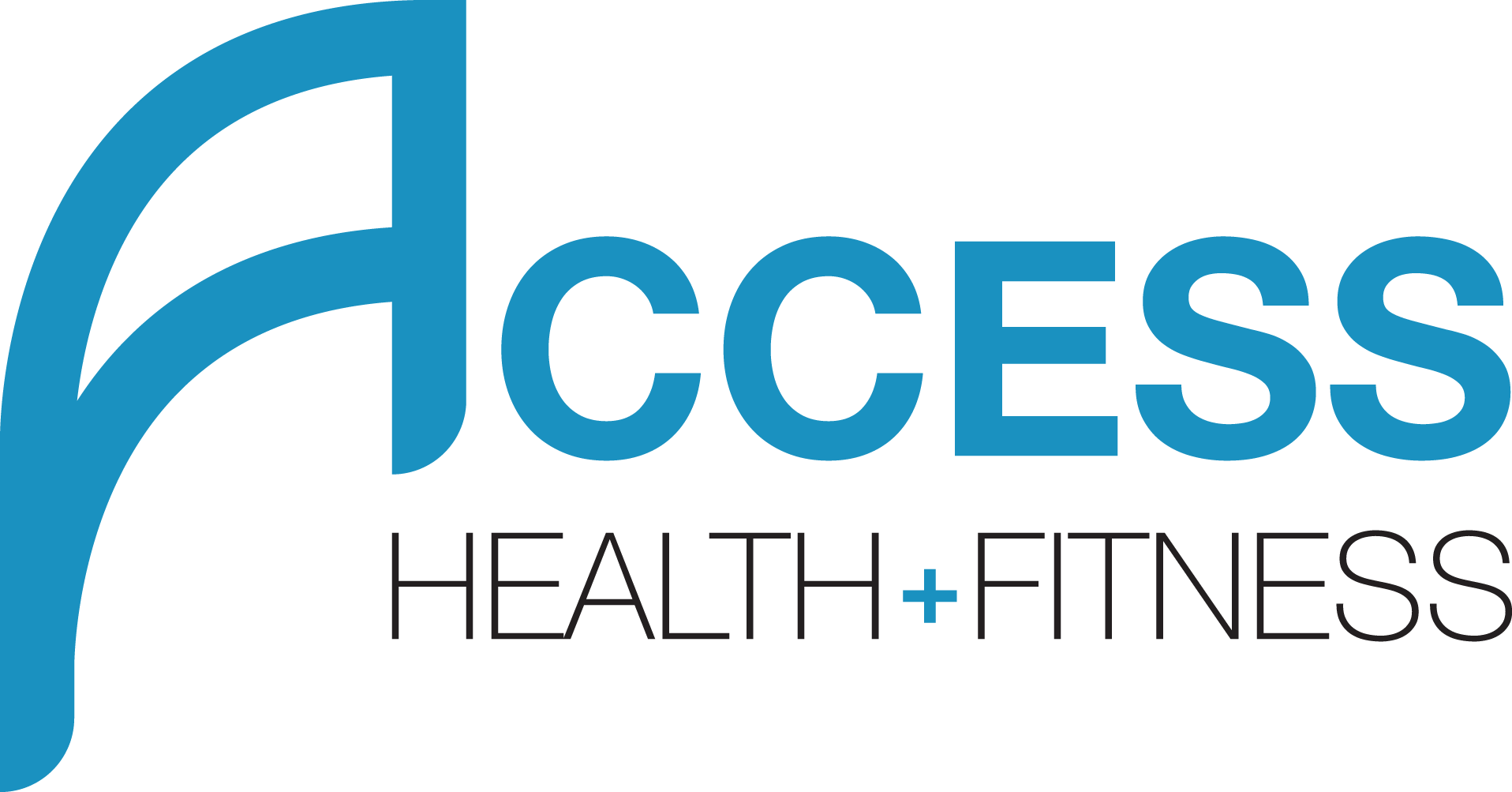Knowledge is Power, Strength and Muscle Part 2
Last week in part 1 I discussed the virtues of adopting a more holistic approach to your training with regards to building strength and muscle. This week I’m going to show you exactly how to do that.
Check out part 1 here incase you haven’t a notion as to what I am talking about.
Structure:
Just because we’re looking to use a variety of repetition ranges and loading intensities it doesn’t mean your programme or training sessions have to be messy or disorganised. We can borrow a bunch of different techniques from the afore mentioned specialists and create a formula for the perfect training structure to build strength and muscle.
Each workout should consist of the following exercise types, and their respective rep range and loading intensities with the outlined structured and organised progression in mind:
Strength/Major Compound movements:
Multiple joint movements such as the Squat or Deadlift; to be performed over 1-6 repetitions. This your heavy work, where you will build on your strength and myofibrillar hypertrophy. The loading intensity here should be high (relative to individual strength), if you’re using 6 reps, for example, you’ll need a load that allows you to complete 6 full repetitions and no more.
Prioritize compound movements in your workouts by placing them first in line. They require the most amount of energy, muscle mass, mental focus and rest time between sets.
Minor Compound movements:
Exercises like Lat pulldowns, chins, machine/DB presses and rows are next in line; these are exercises that are technically compound movements but do not require the same level of skill or mental fortitude to perform and can be used to bridge the gap between heavy-low rep work and lighter-high rep isolation exercises. Hitting these in the 6-12 rep range will do just that and allow you to focus on the muscular contraction more than the movement.
High repetition isolation movements:
Movements that isolate a single joint and/or only one or two muscles such as leg extensions, leg curls, lateral raises, delt flyes etc . These movements are not always suited to heavy loading and should slot in towards the end of your workout by which time you may have limited reserves. Due to the nature of these exercises they allow us to use a much lighter load but to work on fatiguing the muscle(s) to emphasise hypertrophy. Do these in the 12-20 rep range and emphasise fatiguing the muscles at work. Remember, you’re almost done so there’s no harm in going balls to the wall at this point.
Below is a sample programme outlining a single session, incorporating the above template to take advantage of the variety of rep ranges and loading intensities.
EXERCISE SETS REPS REST
A - Barbell Bench Press 3 5 3-4 Mins
B1 - Decline DB Press 5 10-12 60-90s
B2 - High Incline DB Press 5 10-12 60-90s
C1 - Bicep Curl 4 12-20 *Superset minimal rest
C2 - Triceps pulldown 4 12-20 *Superset minimal rest
*Superset = one straight after the other.
Summary:
Prioritise your big, compound movements early on in your workout; to ensure you have enough in the tank to make strength gains from session to session.
Use a variety of repetition ranges and loading intensities; to get the best from both worlds. Go heavy with your big lifts (1-6reps) and lighter on your mid-high rep movements (8-12, 12-20reps).
Use techniques that emphasise fatigue with your high repetition work; such as supersets, dropsets and failure work combined with minimal rest time. Make sure you use a weight that achieves this fatiguing.
By putting this structure and the methods above into practice you can't fail when it comes to achieving the strength and muscular development you've been dreaming of.
Go lift stuff!
Ollie



